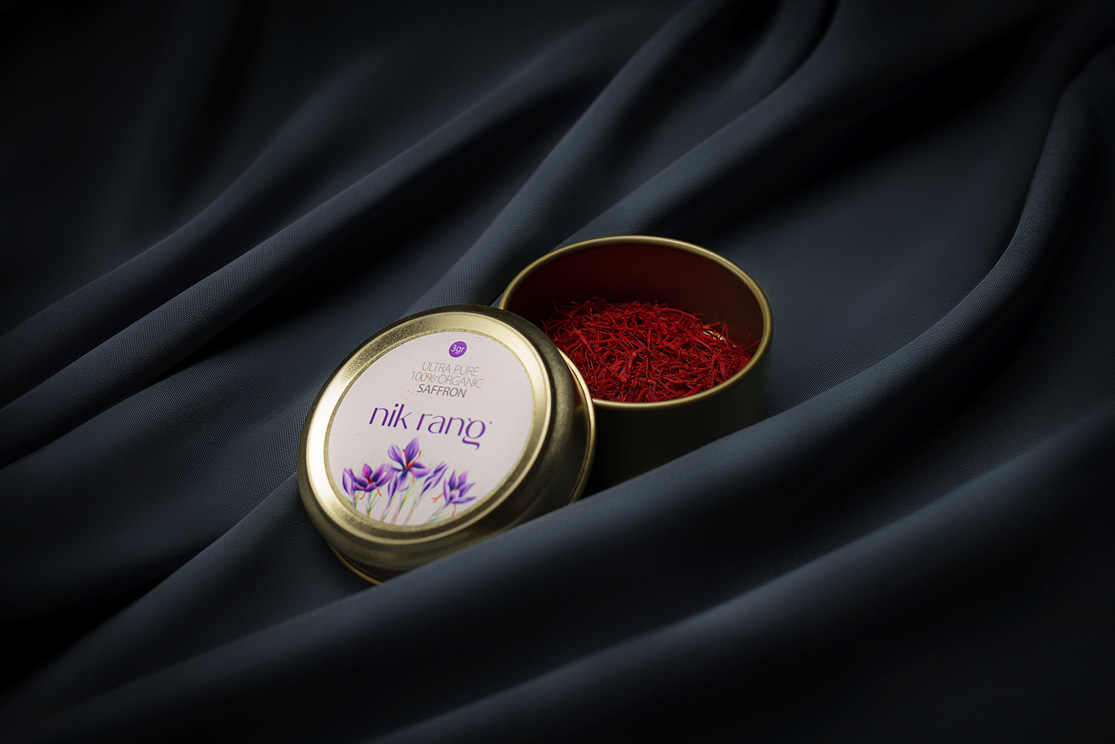
The fact that saffron is partly as expensive as gold has always led people to bring fakes onto the market. In order to get really good and, above all, high-quality, genuine saffron, you should exercise caution when shopping!
That is why it is the best to always buy saffron in threads, because this is the only way you can see whether it is really the threads of the real crocus. Ground “saffron” can be turmeric, which also turns yellow, but does not contain any typical saffron aroma. Or it consists of an inferior mixture of portions of real saffron, which have also been diluted with turmeric.
However, when shopping, also look very closely at the threads – are they really threads, or rather curled leaves? The latter points to the “false saffron” – the petals of the safflower!
Although this fake also turns yellow, it does not have the beautiful aroma of saffron.
A trustworthy way in which you can be sure that the saffron is original or not is to test it with baking soda and water. As a matter of fact, real saffron turns yellow, while a fake turns the water a dull red! Thus you can recognize which one is real and original one.
Another method of counterfeiting saffron is the so-called counterfeiting of origin.
Saffron is the world’s most expensive agricultural product – good quality saffron costs around €15-20 per gram, the same as 25kg of wheat flour in the same supermarket.
